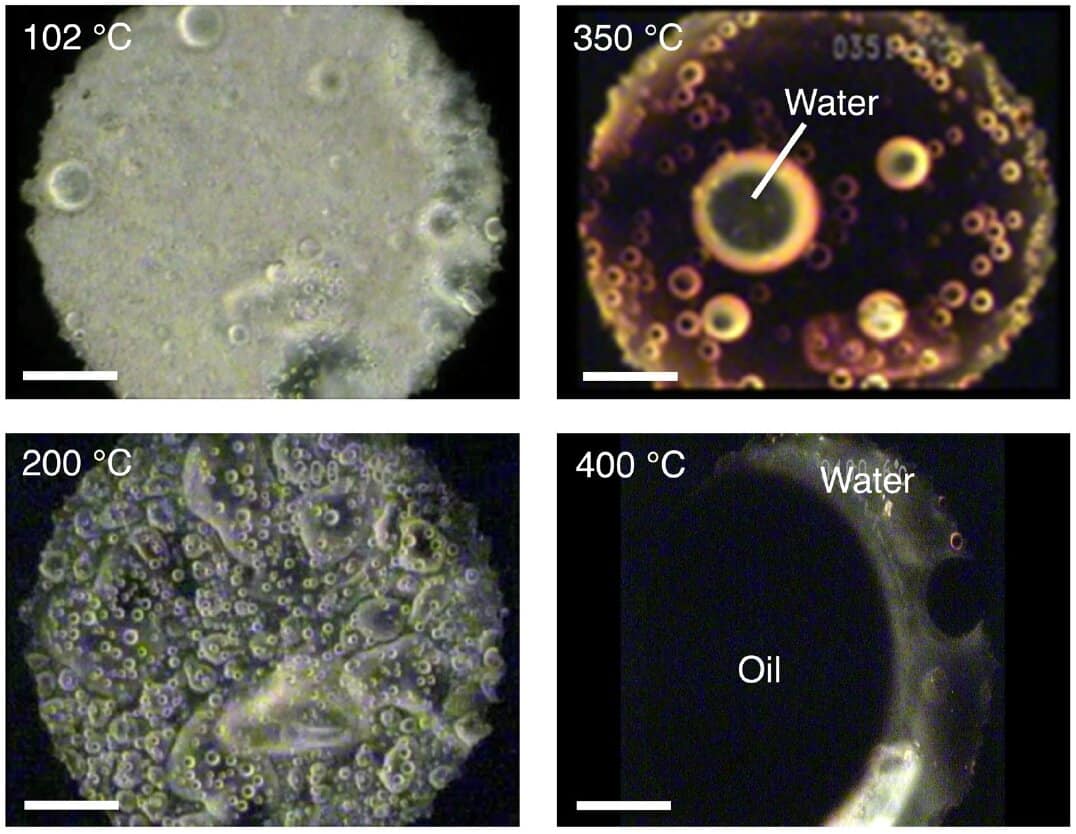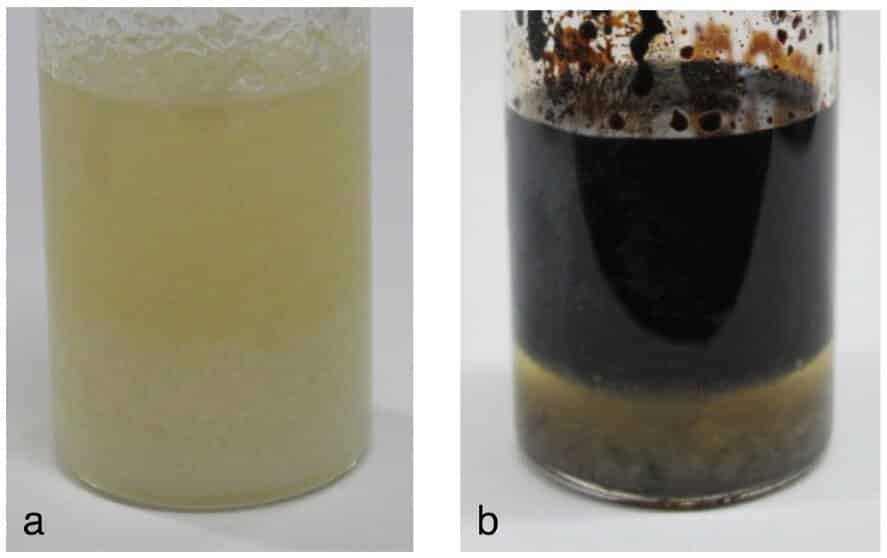New Insight Into The Origin of Water On Earth
Scientists have found evidence suggesting that organic matter could be the source of terrestrial water as they found the interstellar organic matter could produce an abundant supply of water by heating.
The elusive origin of the water is one of the many mysteries on our planet. Active studies suggested that icy comets or meteorites containing hydrous silicates that came from outside the boundary beyond which ice can condense due to the low temperatures, the “snow line”, had delivered terrestrial water. However, observations opposing to cometary origin theory are provided by more recent studies, yet failing to suggest plausible substitutions for the source of terrestrial water.
Akira Kouchi at Hokkaido University, a planetary scientist said, “Lesser attention has been paid to organic matter until now when compared to ices and silicates.”
Akira Kouchi leading a group of scientists demonstrated that heating of the interstellar organic matter at high temperatures could yield abundant water and oil, in the current study published in Scientific Reports. This suggests that without any contribution of comets or meteorites delivered from outside the snow line, water could be produced inside the snow line.

Using chemical reagents, an analog of organic matter in interstellar molecular clouds was made by the researchers as the first step. Analytical data of interstellar organics made by exposing UV on an H2O, CO, and NH3 mixture, which mimicked its natural synthetic process, were referred to make the analog. Under a pressured condition in a diamond anvil cell, they then gradually heated the organic matter analog from 24 to 400 ℃. The sample was separated into two phases at 200 ℃ and was uniform until 100 ℃. The formation of water droplets became evident and as the temperature increases, at approximately 350 ℃, the sizes of the droplets started increasing. Black oil was produced in addition to water droplets at 400 ℃.

Similar experiments with larger amounts of organic matter conducted by the group also resulted in oil and water. The main component of the aqueous product revealed as pure water through the analysis of absorption spectra. Additionally, similar characteristics to the typical crude oil found beneath the earth were seen in the chemical analysis of produced oil.
Credit: Hideyuki Nakano et al., Scientific Reports
Akira Kouchi says, “According to our results, a potential source of water on the earth is suggested to be the interstellar organic matter inside the snow line. Observing the formation of the abiotic, it suggests more sources of petroleum for the ancient Earth than believed previously. Our understanding of the origin of terrestrial water should be advanced with future analyses of organic matter in samples from the asteroid Ryugu, which will available later this year by Japan’s asteroid explorer Hayabusa2.”
Source
New Insight Into The Origin of Water





























